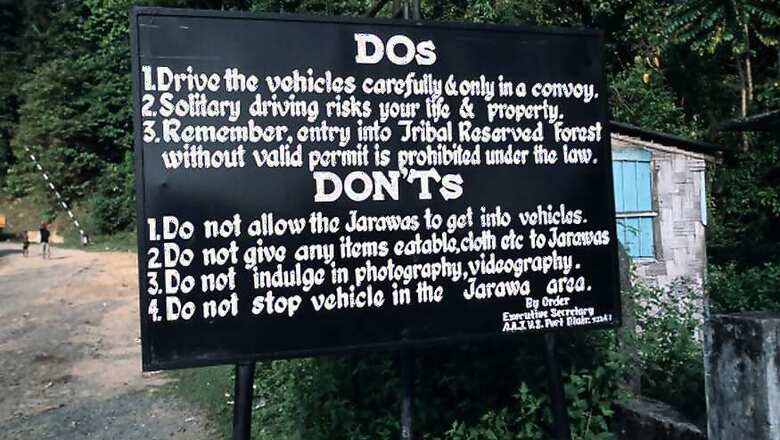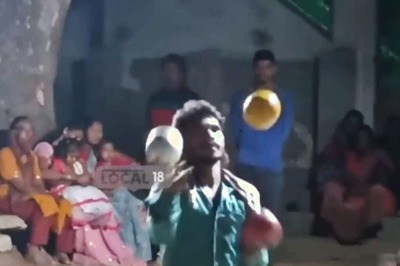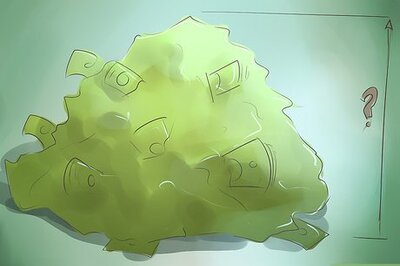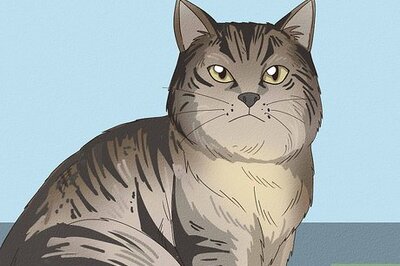
views
Kolkata: Most kindergarten students are taught ‘A for Apple’, but for the 150-odd Jarawa kids the letter ‘A’ stands for ‘Anipatang’, which means ‘Jaw’ in the Ongan language.
In the jungles of South and Central Andaman, the Andaman Adim Janajati Vikash Samiti (AAJVS) educates Jarawa kids and has set-up five schools, named ‘Hotspot’.
The schools for the Jarawa kids was specially designed in such a way that it resembles their huts, known as ‘Chadda’.
Speaking to News18 from Port Blair, Arun Kumar Jha, Executive Secretary, AAJVS, said, “We have appointed five instructors and one head instructor who are experts in the Ongan language to teach these kids.”
“To prevent any drop-outs we have started distributing Bananas to students so that they attend their classes regularly. With expert’s help from Andaman Nicobar Tribal Research and Training Institute (ANTRI), we have released a pictorial book on Ongan language,” he said.
Andaman MP Bishnu Pada Ray had earlier informed the parliament that the Jarawa tribes were willing to be part of the mainstream and there needs to be an initiative to educate them. “There is nothing wrong if they want to come into the mainstream. We are educating these kids in writing, speaking and reading,” he said.
A parliamentary standing committee had recommended review of policy for the primitive tribe of Andaman and Nicobar Islands to facilitate a 'slow and smooth' transition.
“The committee has recommended that it should be done with minimum damage to the members of the tribe and their cultural heritage,” the Andaman MP said, while adding that the initiative to educate Jarawa kids is unique in the world.
Some of the words, which are incorporated in the ‘pictorial book’ are giyangejebey (Tsunami), ejale (face), oticule (head), ine (water), inene (foreigner), dage (coconut), uthire (child), aao (bow), konyune onorange-tanka (welcome) and aka-bea kuk-l-ar-beringa (happy).
The Jarawas are an indigenous people and their present population as of June 19 is 480 individuals. They have largely shunned interaction with outsiders and their society, culture, and traditions are not known to many.
They are excellent hunters and have a reputation as warriors and uncompromising defenders of their territory. The Jarawas lived through British encroachment in the 19th century, as well as Japanese occupation later on.
The primary threat to their way of life is alleged to be a highway – Andaman Trunk Road – running through their territory, the reserve of 1,028 square kilometres of dense evergreen forests and a proposed 240-km railways track from Port Blair to Diglipur.




















Comments
0 comment